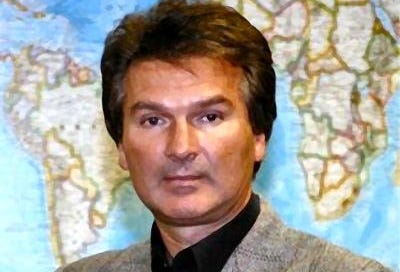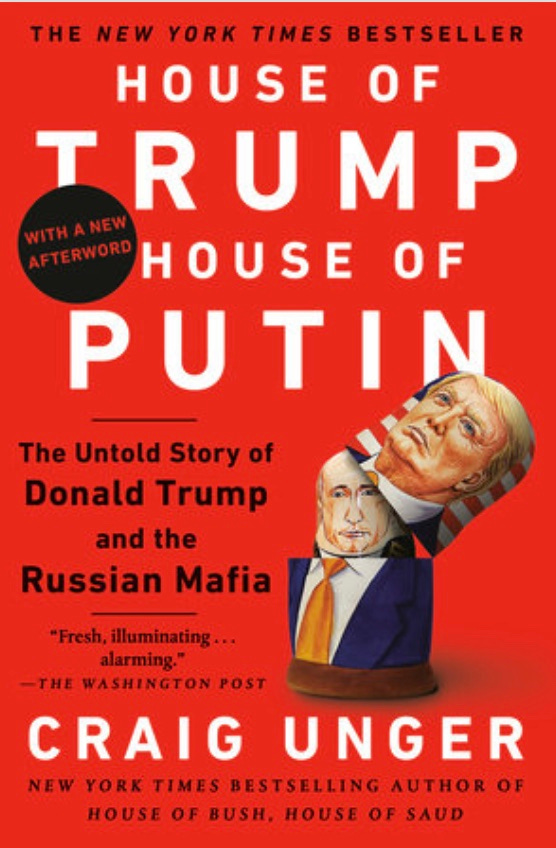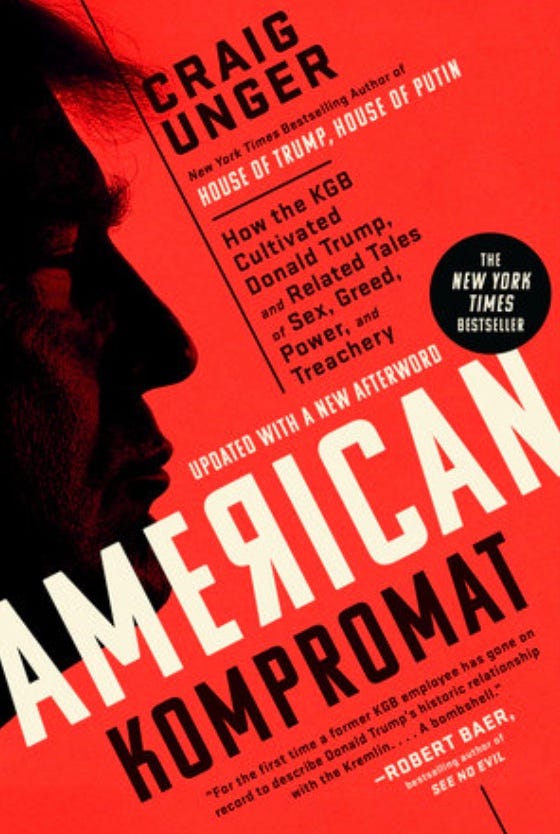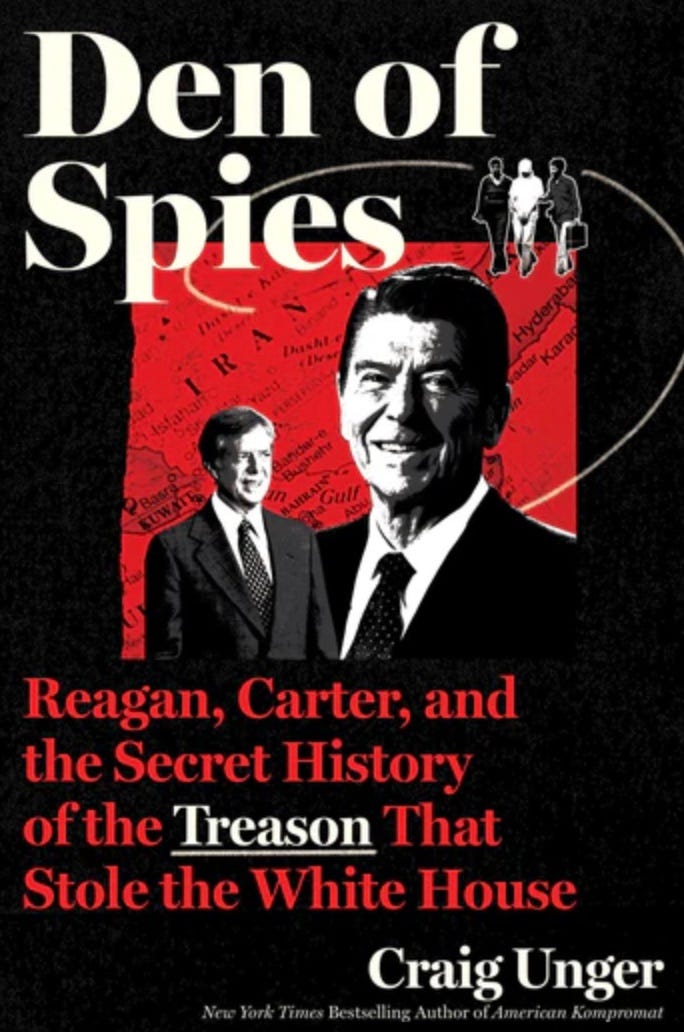3. 1980 Former Soviet Agent: How Trump Was Lured into the KGB’s Web
The Operation Begins

In 1980, the KGB allegedly began cultivating Donald Trump as a prospective asset after Trump transformed the decrepit 2000-room Commodore Hotel into what is now the Hyatt Grand Central New York.
The Hyatt Grand Central was the first big score for Trump, then a brash young real estate developer from Queens determined to make his mark across the river in Manhattan. Having paid just one dollar for the option to buy the dilapidated monstrosity, Trump made an immense fortune with the project and was on the road to becoming a national figure.
But, according to Yuri Shvets, a major in the KGB who left the Soviet Union more than thirty years ago, one obscure detail about the hotel’s development may unlock the origin story of Trump's ties to Russian intelligence–namely, the unusual way in which Trump purchased hundreds of television sets for the new hotel.
Today, large hotel franchise chains like Hyatt and Marriott typically rely on major corporate vendors such as Samsung, Sony, or LG Electronics when it comes to supplying their hotels with television sets.
Trump chose a different path. He bought TV sets from an electronics store that was a KGB front.
How could that have happened?
Even though Brighton Beach was his father’s territory–Fred Trump had gotten rich developing thousands of homes there and in similar neighborhoods in Brooklyn and Queens–Donald had begun developing his own contacts among the newly-arrived Russian émigrés. Among them was Semyon “Sam” Kislin, a Ukrainian Jew who emigrated from Odesa in 1972 and co-owned a small electronics store in New York called Joy-Lud Electronics. The store, which was located near the Flatiron Building in Manhattan, was a favorite for Soviet diplomats, KGB officers, and Politburo members who were traveling in the United States and were eager to buy electronics that were not readily available in the Soviet Union.
As I reported in House of Trump, House of Putin:
“For Trump, it was the beginning of a long association, and the first of many relationships to people who were allegedly tied to Russian Mafiosi. Kislin and his partner, Temur Sepiashvili, aka Tamir Sapir, both of whom allegedly had mob ties, started an electronics store that was well-known among Soviet citizens in the United States and, according to the New York Times, became a wholesale outlet from which Soviet diplomats, KGB agents, and Politburo members bought their electronic equipment.”
Like Kislin, Sapir, who arrived in the United States virtually penniless, became an enormously wealthy longtime associate of Trump. Two decades later, Sapir, from his home in Trump Tower, partnered with other Soviet émigrés in developing the 46-story Trump SoHo (now known as the Dominick), a troubled $450 million hotel-condominium project that ultimately disassociated itself from Trump.
Exactly why Trump chose to buy from Joy-Lud is not known. Nevertheless, in 2017 Kislin himself told Bloomberg Businessweek that he “had sold Trump about 200 televisions on credit.” He added that Trump, who developed a reputation for stiffing his vendors, made sure he paid his bills on time. "I gave [Trump] 30 days, and in exactly 30 days he paid me back," Kislin said. "He never gave me any trouble."
But there was more to it than that. As I wrote American Kompromat:
For the KGB and its successors, under the broad category of assets, there were both agents and contacts. According to Shvets, the agent is someone who clearly understands that he works for Russian intelligence and is knowingly tasked to complete specific assignments. Within that context, there were agents who could be tasked to perform specific operations, and they could be categorized as handlers, recruiters, penetration agents, keepers, “useful idiots,” and the like. “One agent may provide information, bringing documents from the CIA,” Shvets said. “But Kislin was not an agent informant. I believe he was a spotter agent.”
That meant Kislin’s role as a “spotter” would have been to seek out potential assets of various kinds for cultivation by the KGB. (Kislin did not return multiple phone calls. He responded by email and denied that he had any official relationship with the Soviet Union during this period.)
Those assets would have included trusted contacts, who, unlike agents, are people who do favors for their Russian handlers, not because they are tasked but because of carefully cultivated personal relationships. In most cases, Shvets notes, trusted contacts understand that they are dealing with Russian intelligence, but they are usually not told that. “Trusted contacts, they are not recruited,” said Shvets. “Relations with them are cultivated over time. You just build relations over time with a trusted contact.”
Shvets, who, reportedly, was a classmate of Vladimir Putin at the Yuri Andropov Red Banner Institute, asserts that Kislin had spotted Donald Trump, who, under the KGB classification, eventually became a special unofficial contact—a rare variation of trusted contact that was applied to high-level KGB intelligence assets, like the late industrialist Armand Hammer and the late British media mogul Robert Maxwell.
The courtship had begun.
Cast of Characters
Semion “Sam” Kislin
Ukrainian émigré and co-owner of Joy-Lud Electronics, a Manhattan store frequented by Soviet diplomats and KGB officers. Around 1980, he sold Trump around 200 TVs for the Commodore Hotel. Ex-KGB officer Yuri Shvets described Kislin as a spotter agent—someone who identified potential KGB assets. The FBI later linked him to a Russian mobster, though Kislin denies any mob ties.
Tamir Sapir
Georgian-born immigrant and former Joy-Lud partner. Like Kislin, he rose from poverty to billionaire and was later involved in the Trump SoHo project. Allegedly tied to Russian organized crime, though he denied any such links. He lived in Trump Tower and died in 2014.
Yuri Shvets
Former KGB major based in Washington, D.C. in the 1980s. Now a U.S. citizen, Shvets has provided key insights into Soviet asset recruitment. He identified Trump as having been cultivated as a “special unofficial contact” by the KGB—a status given to high-value individuals.
Stay tuned for more updates!
If you have tips, leads, or insights, please reach out—I am always looking for new information. And don’t forget to comment and share your thoughts!
House of Trump, House of Putin
The Untold Story of Donald Trump and the Russian Mafia
American Kompromat
How the KGB Cultivated Donald Trump, and Related Tales of Sex, Greed, Power, and Treachery
Den of Spies
Reagan, Carter, and the Secret History of the Treason That Stole the White House









Explains a lot!